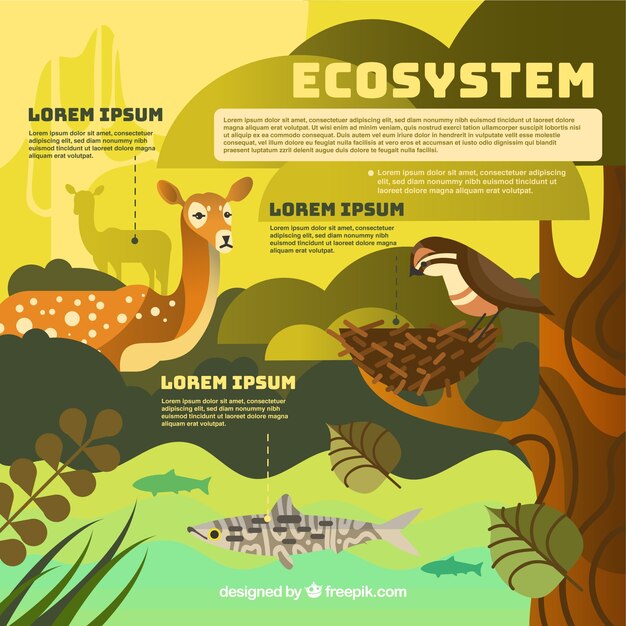Cool Capybara Facts

Capybaras are the world’s largest rodents.
They are native to South America.
Capybaras are semiaquatic creatures.
These gentle creatures have a lifespan of around 10-12 years.
Capybaras communicate through a series of whistles, clicks, and purrs.
They are highly social animals and live in groups called herds.
Capybaras are excellent swimmers and can stay underwater for up to 5 minutes.
Their webbed feet make capybaras efficient navigators in the water.
These creatures have a stocky body with short, sturdy legs.
Capybaras have a unique dental structure with front teeth that never stop growing.
Their diet mainly consists of grasses, aquatic plants, and fruits.
Capybaras have a natural ability to digest cellulose, which allows them to consume tough plant materials.
They are herbivores and not dangerous to humans.
Capybaras have a distinctive scent gland on top of their nose, which they use to mark their territory.
These creatures have a low body temperature, which helps them adapt to their semi-aquatic lifestyle.
Capybaras are known for their excellent parenting skills.
Females are pregnant for around 150 days before giving birth to a litter of 2-8 babies.
The young capybaras are able to walk and swim within hours of being born.
Capybaras are highly adaptable and can live in a variety of habitats, including grasslands, forests, and marshes.
Cool Capybara Facts part 2
They are excellent at camouflage, thanks to their dense, brownish fur.
Capybaras are closely related to guinea pigs and porcupines.
They can grow up to 4 feet in length and weigh up to 150 pounds.
Capybaras have a friendly nature and are often seen interacting with other animals.
In some countries, capybaras are kept as pets.
They have a keen sense of hearing and can quickly detect danger.
Capybaras are valued for their meat and fur in some indigenous cultures.
The word capybara comes from the Tupi language, which means one who eats slender leaves.
These creatures are known to groom each other, which helps maintain social bonds within the herd.
Capybara fur is waterproof, which keeps them warm and dry in their aquatic habitats.
They are agile runners and can reach speeds of up to 35 miles per hour.
Capybaras are considered symbols of adaptability and flexibility.
In some communities, capybaras are believed to bring good luck.
These creatures have a calm and peaceful demeanor.
Capybaras have a lifespan similar to that of domestic dogs.
They are active during the day and rest during the night.
Capybaras have been known to share their habitats with other animal species, creating a unique ecosystem.
These creatures have a complex communication system that includes vocalizations, body language, and scent marking.
Capybaras are highly intelligent and can learn new tasks quickly.
They have a specialized digestive system that allows them to ferment plant material for better nutrient extraction.
Capybaras have been featured in popular culture, including children’s books and cartoons.
These creatures are often found near rivers, lakes, and other water bodies.
Capybaras are non-aggressive animals and rarely engage in conflicts.
They often form mutually beneficial relationships with birds, who help clean parasites from their fur.
Capybaras are excellent swimmers and can navigate through underwater obstacles with ease.
These unique creatures remind us of the incredible diversity and adaptability of nature.

